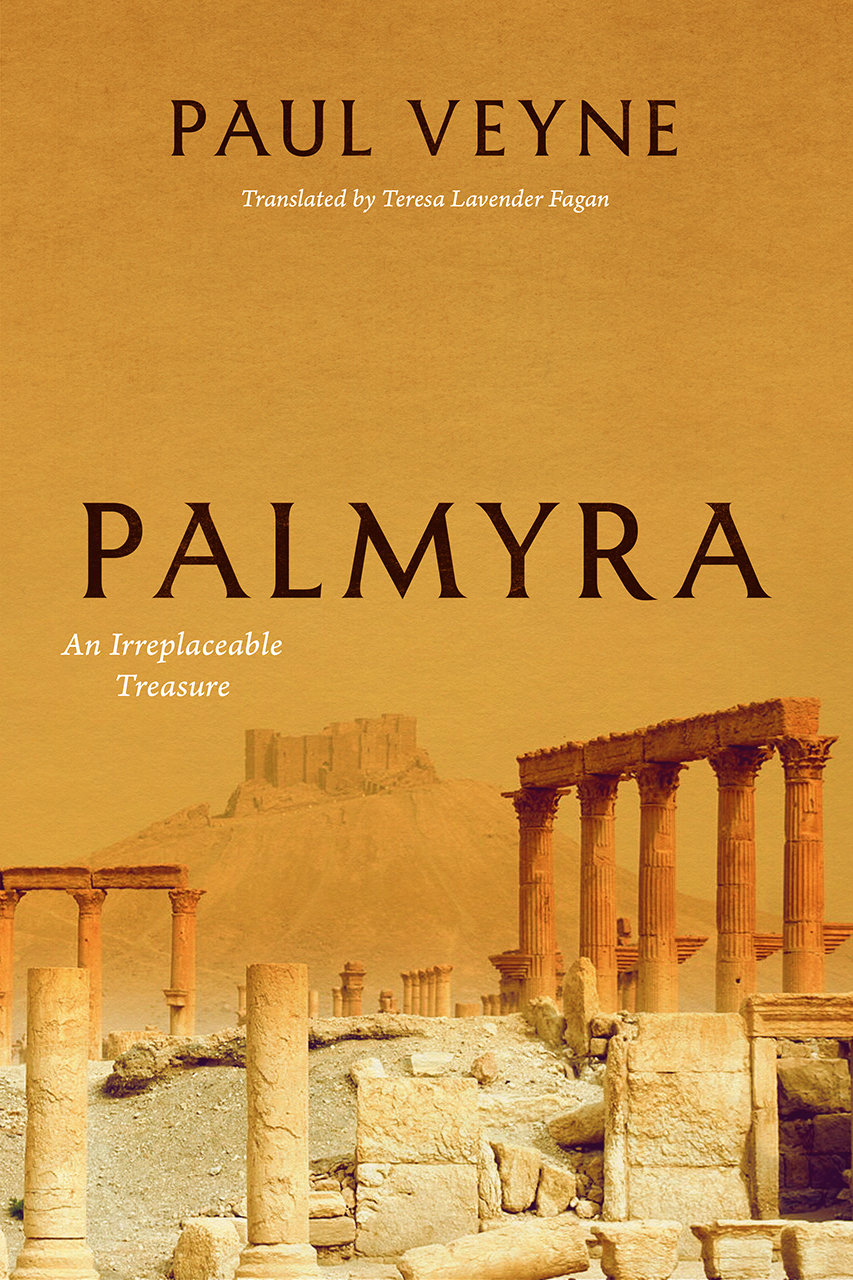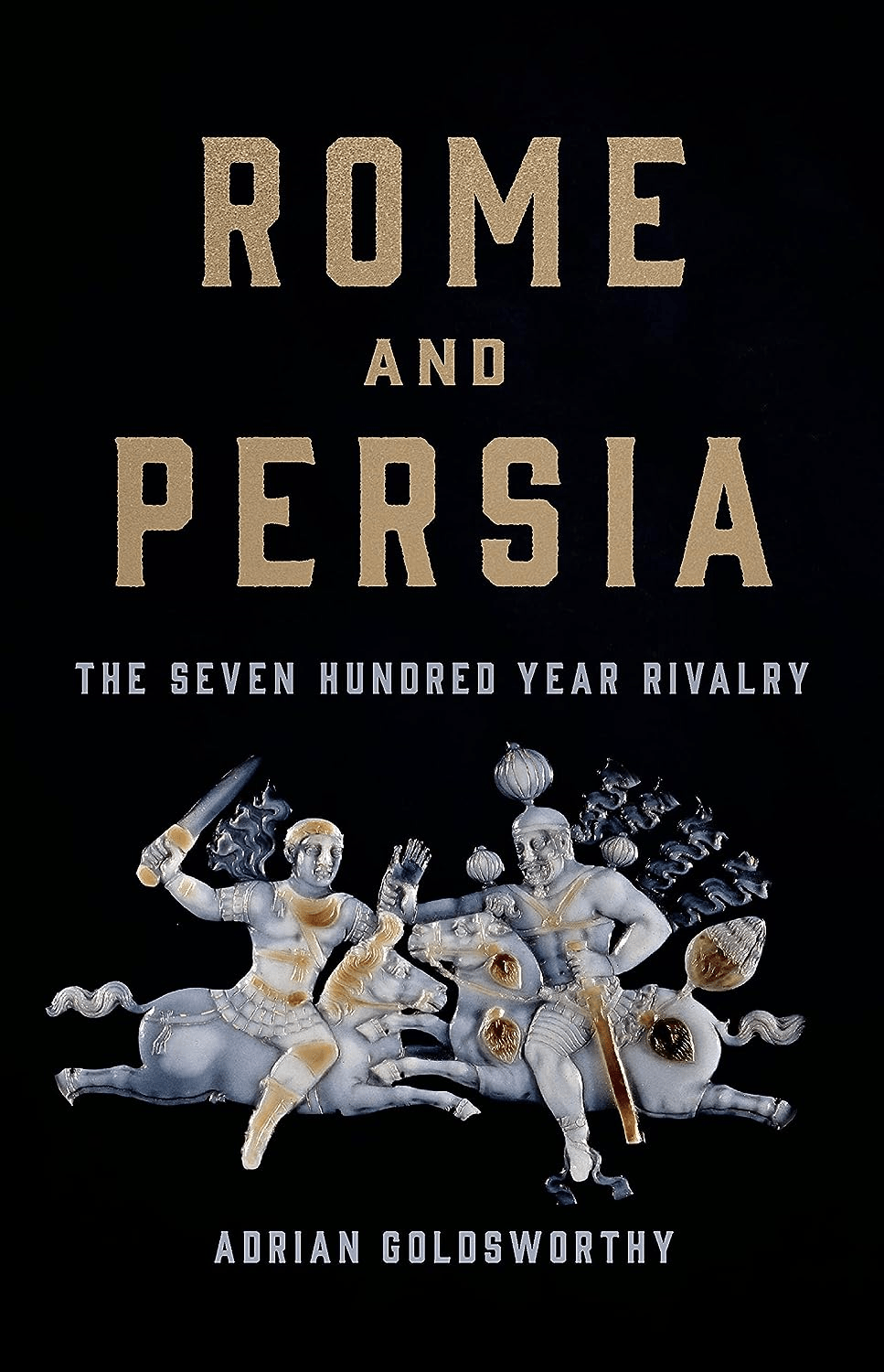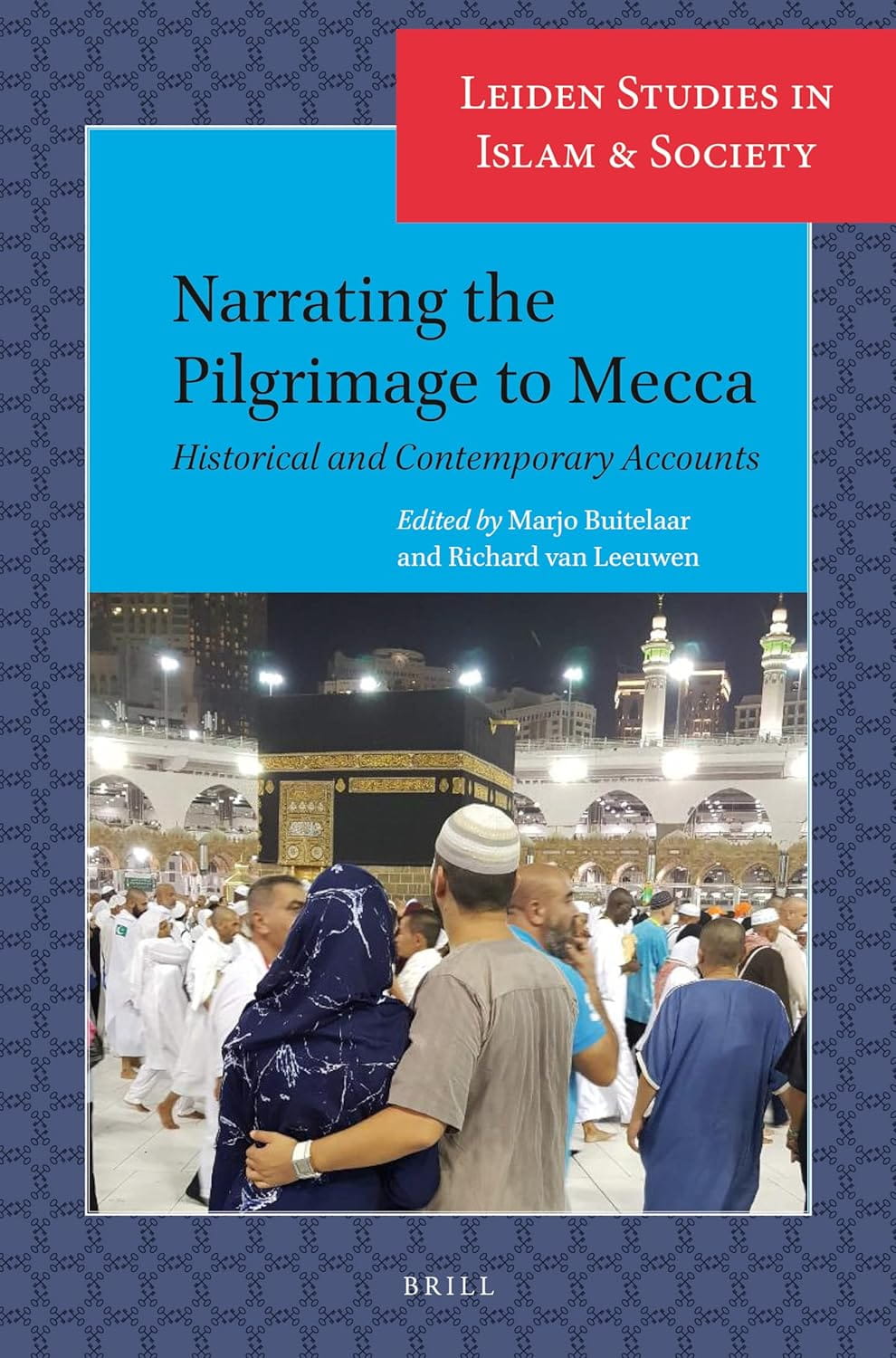
Palmyra: An Irreplaceable Treasure
Frank L. Holt
Paul Veyne
Teresa Lavender Fagan, trans. 2017, University of Chicago Press, 9-780-22642-782-9, $22.50 hb.
Like Orpheus arising from the Underworld, archeologist Paul Veyne takes this fleeting look back at a lost beloved that is irretrievably fading away. The object of Veyne’s haunting lament is the ancient city of Palmyra (Tadmor), a UNESCO World Heritage Site in Syria recently destroyed by extremists. The author sketches a brilliant portrait of this once-thriving merchant republic, stressing the singular character of the place and its people. From A to Z (the moon-god Aglibol to Queen Zenobia), he packs the entire story into 88 pages of fluid prose. We learn that Palmyra was not an oasis in the middle of nowhere, but an entrepôt at the crossroads of everywhere. A map and site plan would have helped to make this point, but otherwise the book delivers a powerful requiem.
You may also be interested in...

In War and Peace, Book Explores How Rome and Persia Remained Frenemies
Book Review: In his latest scholarly work, Roman historian Adrian Goldsworthy reduces Persian and Roman longevity to simply an ever-evolving coexistence.
Essays Unpack the Evolving Hajj and Umrah Experience
This volume of essays juxtaposes historical first-hand narratives of Hajj and Umrah journeys with oral interviews of contemporary pilgrims to show the transformative power of storytelling.